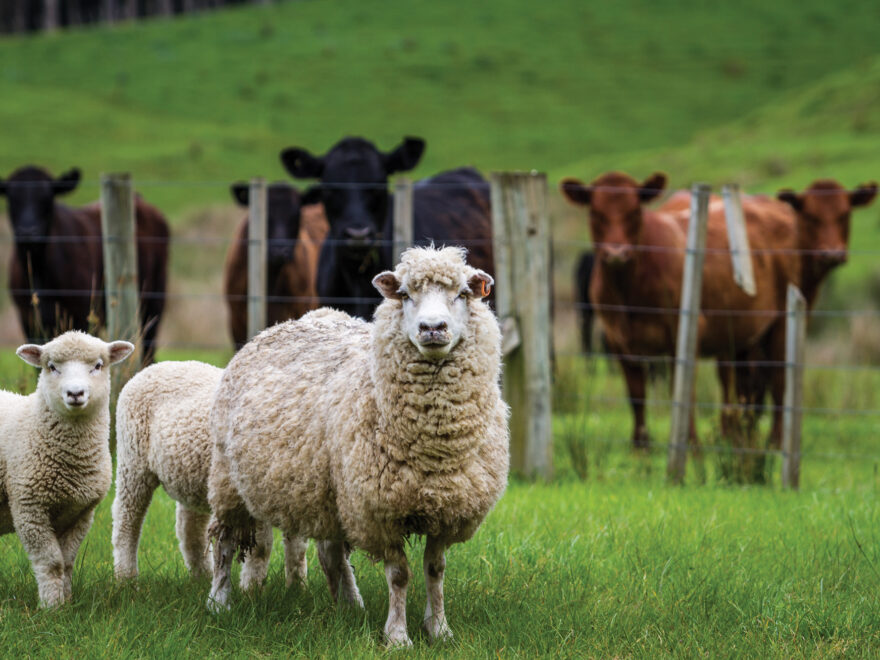By Dr John Roche,
Chief Science Adviser, MPI
There has of late, been substantial media interest in the work to reduce agricultural emissions and the approval of methane inhibitors – along with a focus on perceived shortcomings in this work.
That focus reminded me of a quote by Thomas Edison, the heralded inventor of the incandescent light bulb, who reportedly said, “I have not failed. I’ve just found 10,000 ways that won’t work” — typifying the struggle of innovating in a complex environment.
MPI welcomes the effective development and use of emerging technologies to reduce agricultural emissions.
New Zealand is a food-producing nation and our reputation is important, so we follow a careful and robust process for emerging technologies.
\We are working to establish a regime for recognising feed inhibitors as agricultural compounds and we expect that work to be completed later this year. Feed inhibitors are just one emerging tool that might help farmers reduce emissions, but it’s key to note that the success of feed inhibitors may depend on the farming systems and conditions they are used in.
More than $200 million has been spent in the past decade to help develop mitigation solutions for methane and nitrous oxide. We are making progress, but it must also be realised that New Zealand’s unique problem will require a unique solution.
The pastoral sector is the bedrock of New Zealand’s GDP, contributing more than 50% of our nation’s net export earnings. But this sector, or the ruminant animals (cattle, sheep, goats, and deer) that graze the pastures, is also responsible for more than 40% of our greenhouse gases.
More than 75% of this is methane – a natural gas with a 100-year warming impact 28 times greater than carbon dioxide – and there is no easy solution to this.
Over the past two decades, AgResearch scientists have used genetics to breed sheep that produce 10% less methane from pasture. As genetics is a permanent and additive trait, there is great potential for further reductions in succeeding generations. We are now looking to advance this genetic technology in cattle and deer.
Similarly, Fonterra is trialling a probiotic that has shown promise in reducing methane production when fed to calves.
Methane inhibitors, or compounds that can be fed to an animal to reduce methane production, sound simple — and there are a few feed additives that have been shown to consistently reduce methane, but the evidence is primarily from housed systems overseas.
For something to reduce methane, it must be in the rumen at the same time as the feed the cow is consuming. But most of our ruminant animals consume pasture as the majority of their diet. This makes it difficult to use these inhibitors, because only dairy animals are yarded daily to be fed a supplement.
Even then, because its time in the rumen does not coincide with the fermentation of pasture, their effects on methane are much less than promoted internationally. And, so, we are continuing to fund research into other inhibitors and delivery mechanisms that will work in our pastoral system. However, as with anything fed to food production animals, we need to also make sure that they don’t adversely affect food safety or market access.
We are also funding work on the development of a methane vaccine, wherein a cow, ewe, or doe will produce antibodies to the methane-producing microorganisms. This would be the holy grail, where one intervention annually would reduce methane emissions for the herd or flock.
It is not an easy problem to solve, but our farmers are used to innovating their way to solutions – and we’re backing them. As the saying goes: he waka eke noa – we’re all in this together.

